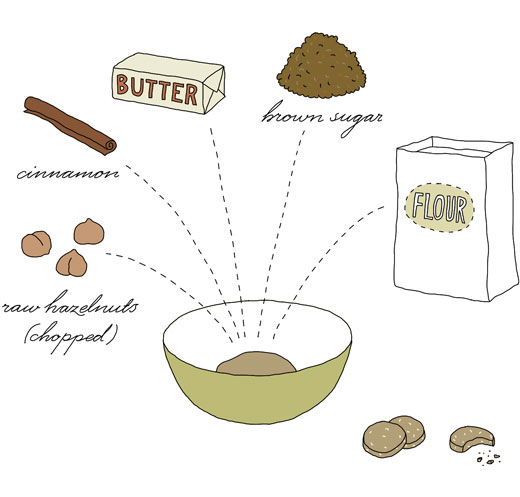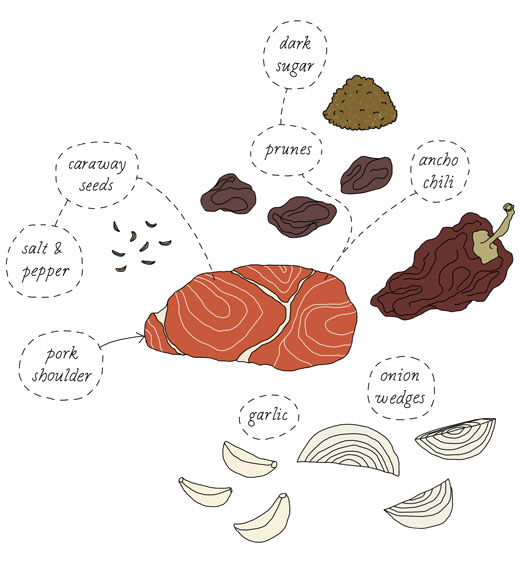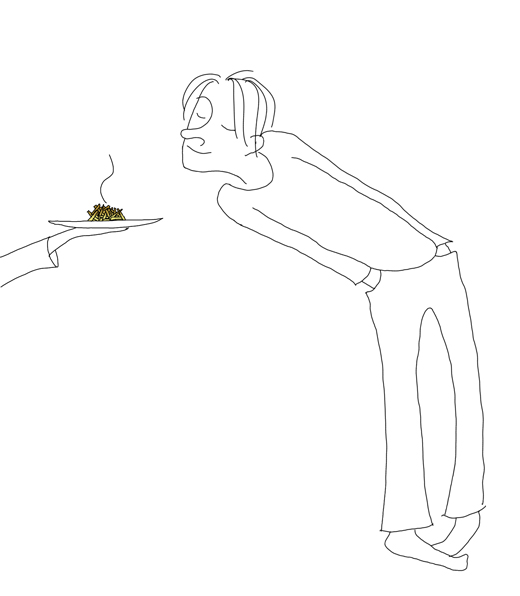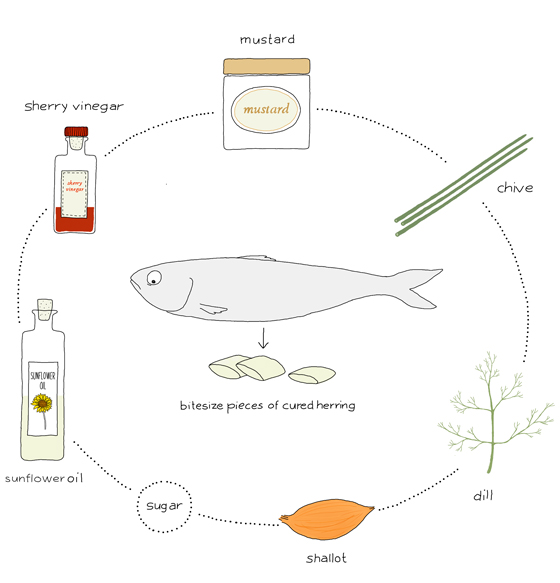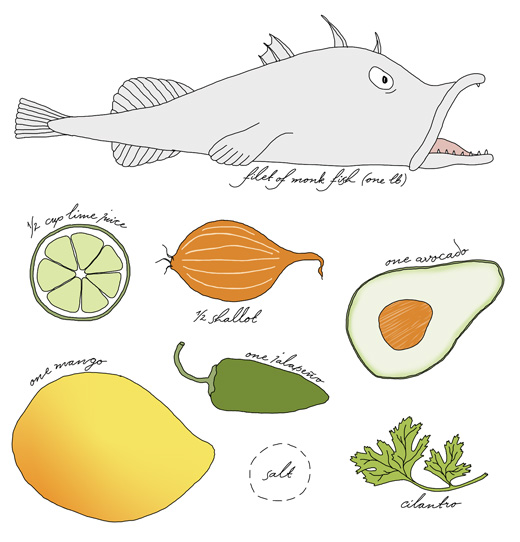
Ceviche has been one of those dishes I have wanted to make for a very long time. And now I can’t stop. I like it as the illustrated recipe above, which has a great balance of spice and fruitiness. I have tried other versions as well but this one is so far my favorite.
My recipe is based on a ceviche I was treated to on my last day of 2013. The host made it with cod, which was excellent and he also included freshly cooked shrimps, which I haven’t. The lime ratio I got from Michael Ruhlman’s gorgeous looking Red Snapper Ceviche recipe as it sounded like a good measure. My recipe suggests monkfish but it works with any other white firm sea fish such as cod, tilapia, halibut etc.
1 lb (about 1/2 kg) fresh monkfish*, whole or fillets
1/2 cup (120 ml) lime juice (4-6 limes, dep. on the fruit’s juiciness you might need more or less)
1/2 shallot
one jalapeño
one mango
one avocado
cilantro
salt
If not using fillets, bone and remove skin from the fish. Rinse. Cut the fillets into small pieces (approximately 1/2″ cubes). Chop the shallot very fine. Place fish and shallots in a bowl and cover with lime juice. Make sure everything is evenly coated. The process can go quite quickly and some say it may be done in 10 minutes. All depends on how thin or thick your pieces are. I often let it marinate for 2-3 hours before I serve it. During this time, keep it cool in the refrigerator. You may check on it and stir it around a little every so often. When ready, the fish should be white and not translucent.
Just before serving: remove the seeds and chop the jalapeño finely. Cut the mango and avocado into small cubes. Place everything including the fish in a large serving bowl. Season with salt. Decorate with plenty of fresh cilantro. Serve with tortilla chips or as I sometimes do, thin knäckebröd.
* To be on the safe side it’s a good thing to get frozen fish or even freeze the fish for 2 – 3 days before making ceviche. The freezing will kill any possible parasites in the fish. I have had good results both ways. Please note that the fish, frozen or not still has to be of good quality. Here is an old article at New York Times about it.
Before buying any fish check with Seafood Watch for the most sustainable options.
*
Other ceviche recipes
Swordfish Ceviche with an Asian Flair by Winnie Abramson at Food52
Sea Urchin Ceviche by norecipes

